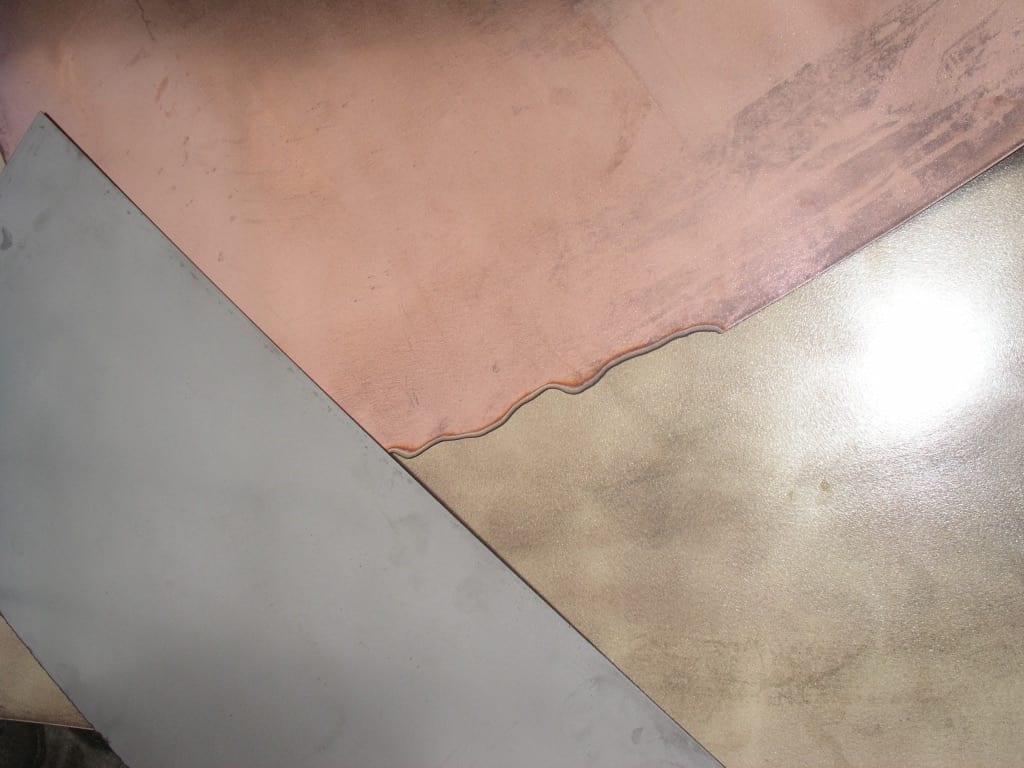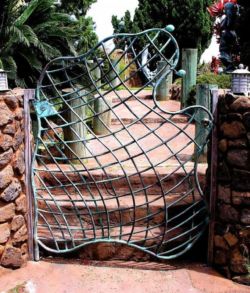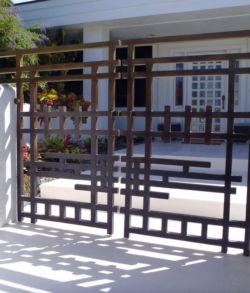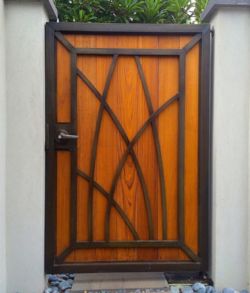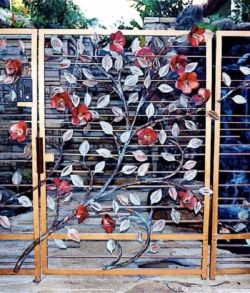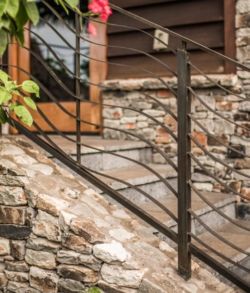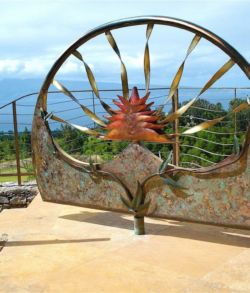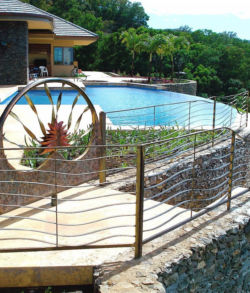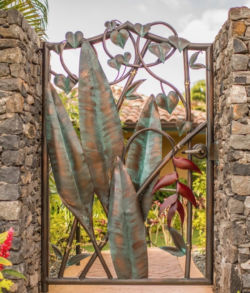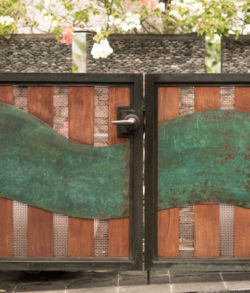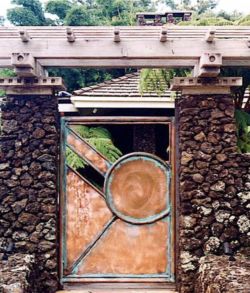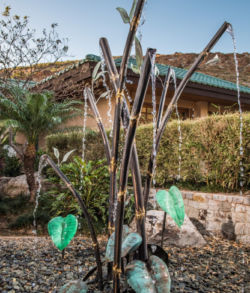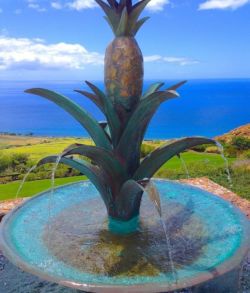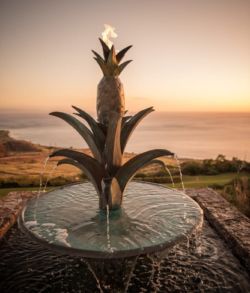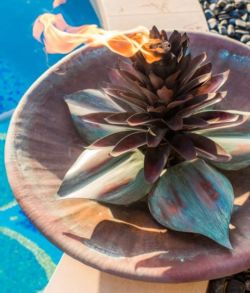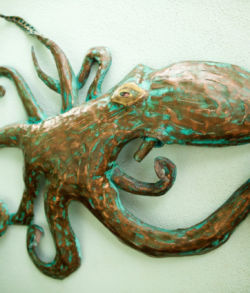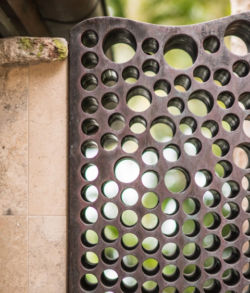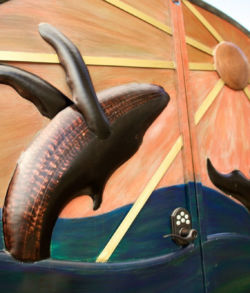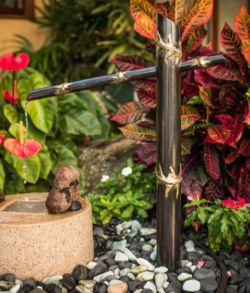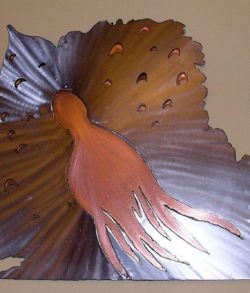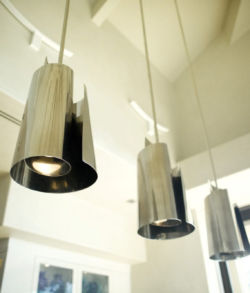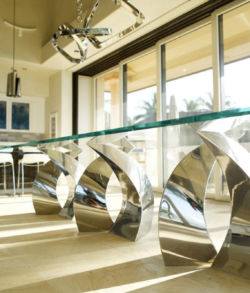Welcome to our Padilla Designs “Tools and Techniques” blog series.
When dealing with metal sculpting an important part of the process is having good quality materials to work with. This blog installment explores the differences between the main metals that Padilla Designs uses in the fabrication of their art sculptures.
Padilla Designs chooses to use non-corrosive materials like copper, brass and stainless steel in their projects whenever possible. All these metals work well in a salty, wet environment like Hawaii’s.
Copper and brass are beautiful and strong. They age well and over time take on a rustic look without jeopardizing the structural integrity of the metals. Both are highly resistant to corrosion. With a low cost, they can be used for any function without blowing the budget. Brass can also be soldered to copper because it’s an alloy of copper, making them compatible metals to use in combination projects. Welding copper and/or brass is accomplished using a mixture of oxygen and acetylene with a brass welding rod that’s either dipped into or coated with a layer of flux to help the metals bond into a strong weld. Tig welding is another option when working with copper and brass. Polishing or having a patina finish applied to a sculpture is a great way to match existing architecture.
Stainless steel is great for its strength and integrity in a corrosive environment. Although it may surface rust in extreme environments, it will not flake and chip like mild steel. It will maintain its strength for years longer than steel. Although these materials have a slightly higher price point we feel the longevity and beauty they offer warrants their use. Welding stainless steel is done with Tig, Stick or Mig welding methods.
Each project demands a different approach and can be fabricated using different techniques. Depending on the client’s vision and location, with our knowledge of the metals personalities in specific environments, we can offer ideas on what metals to use in any given project.
Want to explore other “Featured Materials”? Check out the entire blog series here.
Want to inquire about a new project at your home or commercial property? Don’t hesitate to reach out.

